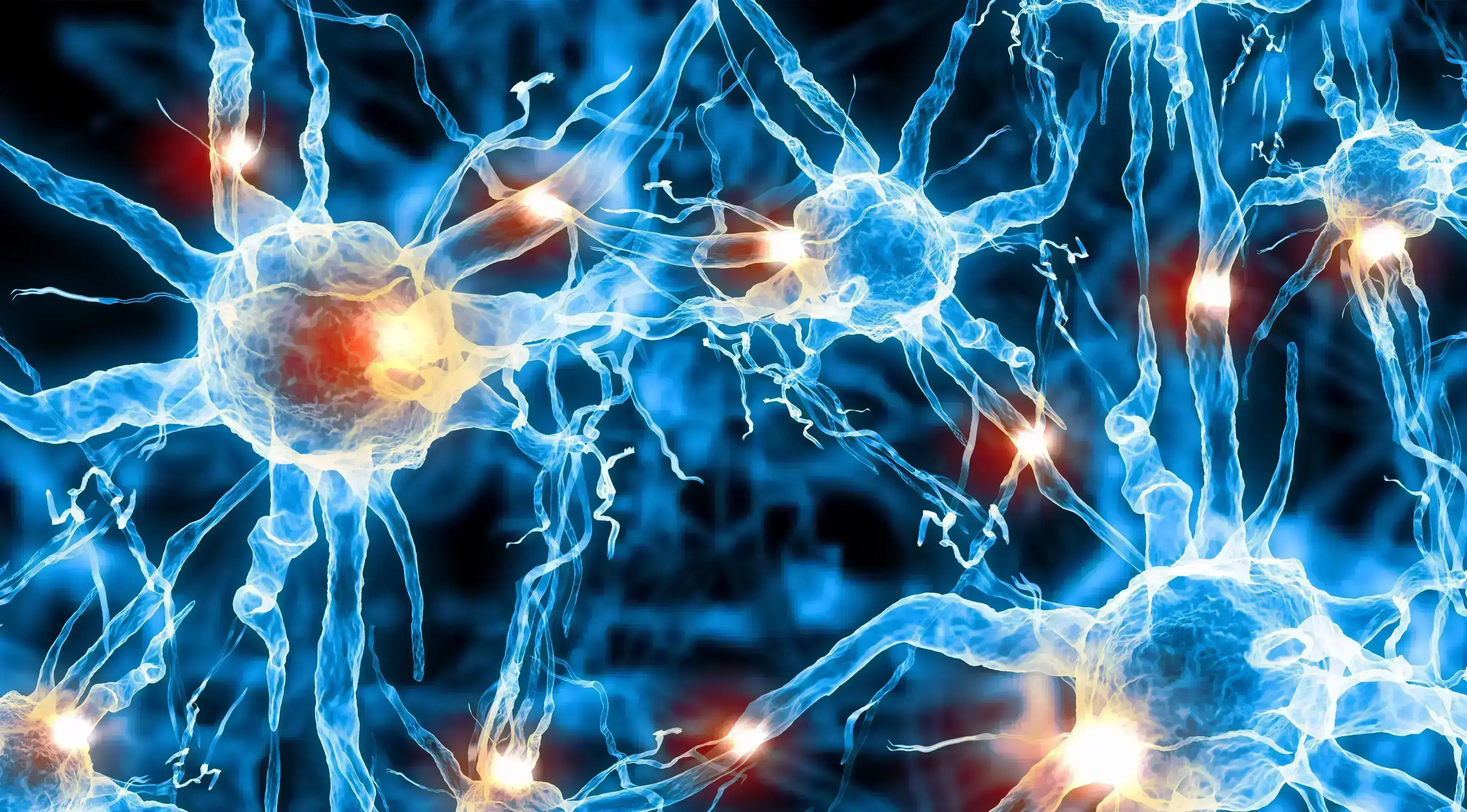In a satellite symposium held at the 2019 EAN Congress, the speakers discussed the spectrum of motor and non-motor fluctuations associated with the wearing-off of levodopa treatment for Parkinson’s disease, and steps to prevent and manage these troublesome symptoms.
2019년 유럽신경학회(EAN) 학술회에서 열린 한 심포지엄에서는 파킨슨병의 레보도파 치료 시 약효 지속 기간이 짧아지는 현상(wearing-off)과 관련된 운동 및 비운동 동요 범위, 그리고 이러한 문제 증상의 예방 및 관리 방안에 대해 논의했습니다.
Impact of wearing-off on motor symptoms
약효 소진이 운동 증상에 미치는 영향
As Parkinson’s disease (PD) progresses over time from a stable treated disease to an advanced state there is a recurrence of motor symptoms during wearing-off (time when symptoms get worse between doses of oral medication) including tremor, dystonia, muscle spasms, postural instability, slowness and gait difficulties. Wearing-off occurs frequently in about 80% of patients within 4 years from therapy initiation (especially during levodopa therapy).1-3
파킨슨병은 안정적인 치료 단계에서부터 병이 진전된 상태까지 점진적으로 진행되기 때문에 약효 소진 현상 기간(다음 경구약 복용 전까지 증상이 악화되는 시기)에 떨림, 근긴장이상, 근육 경련, 자세 불안정, 행동 둔화, 보행 장애 등의 운동 증상이 되풀이됩니다. 약효 소진 현상은 치료 시작 후 4년 이내에 (특히 레보도파 치료 진행 시) 환자의 약 80%에서 빈번하게 발생합니다.1-3
Wearing-off during levodopa treatment may be detected even at the early stages of PD and is underestimated by routine neurological clinical evaluation. The number of symptoms, both motor and nonmotor, increases along with disease duration and unsurprisingly has a negative impact on patient’s quality of life.4
레보도파 치료 기간에 발생하는 약효 소진 현상은 파킨슨병 초기 단계에도 발견될 수 있으며, 일상적인 신경 임상 검사에서는 과소평가되기도 합니다. 병이 지속됨에 따라 운동 및 비운동 증상의 개수는 점차 증가하며, 당연하게도 환자의 삶의 질에도 부정적인 영향을 미칩니다.4
Patients with PD rate wearing-off as the greatest challenge with their levodopa therapy. Activities of daily living are rated as most bothersome by patients, because they are most limited during OFF time.5 Patients would prefer treatments that increase the amount of ON time, and for which they are able to predict the occurrence of OFF time to within 30 minutes.
파킨슨병 환자들은 레보도파 치료 기간 중 약효 소진 현상을 견디는 것이 가장 힘들다고 말합니다. 또한 환자들은 일상생활수행을 가장 곤란을 겪는 부분으로 꼽는데, 그 이유는 약효가 떨어지는 오프(off) 기간 동안 일상 활동에서 가장 많은 제약을 받기 때문입니다.5 따라서 환자들은 약효가 지속되는 온(on) 기간을 연장해주고 오프 기간의 발생을 30분 내에 예측할 수 있는 치료법을 원할 것입니다.
Wearing-off is the greatest challenge of levodopa therapy, which occurs within 4 years of therapy initiation, and may be detected even earlier
약효 소진 현상은 레보도파 치료법에서 가장 문제되는 부분으로서, 치료 시작 후 4년 이내에 발생하며, 더 이른 시기에 발견되기도 합니다
Impact of non-motor symptoms
비운동 증상들의 영향
The characteristic OFF periods develop over time in subjects with PD on chronic levodopa therapy. During OFF periods patients are experiencing re-emerging of motor and non-motor symptoms of PD. Both are negatively affecting patients’ well-being.
이 특징적인 OFF 현상은 장기 레보도파 치료 중인 파킨슨병 환자에게서 점진적으로 진행됩니다. 오프 기간 동안 환자는 파킨슨병의 운동 및 비운동 증상이 다시 나타나는 것을 경험합니다. 운동 증상과 비운동 증상 모두 환자의 웰빙(well-being)에 부정적인 영향을 미칩니다.
Non-motor fluctuations occur almost inevitably alongside motor fluctuations and vary from sensory and autonomic to disabling neuropsychiatric symptoms including for example dysphagia, anxiety, depression, fatigue, excessive sweating, inner restlessness, pain, concentration/attention, dizziness, bladder urgency.6
비운동 증상은 운동동요가 발생하면 거의 필연적으로 함께 나타나며, 삼킴 장애, 불안, 우울, 피로, 다한증, 정서 불안, 통증, 주의 집중 능력 저하, 현기증, 절박뇨 등 감각 및 자율 신경계 증상에서부터 신경정신적 장애 증상에 이르기까지 다양한 증상이 나타납니다.6
Non-motor symptoms occur frequently alongside motor symptoms in PD and are heterogeneous and complex
파킨슨병의 비운동 증상은 주로 운동 증상과 함께 발생하며, 이질적이고 복합적입니다
The patterns of non-motor symptom fluctuations are heterogeneous and complex: Non-motor symptoms may be present in ON and more severe in the OFF state while some may occur exclusively during OFF- or ON-periods. Psychiatric non-motor symptoms (anxiety, depression, pain) fluctuate more frequently and severely and have greatest impact on health-related quality of life.7
비운동 증상 동요의 패턴은 이질적이고 복합적입니다. 비운동 증상은 ON 기간에도 발생할 수 있고 OFF 기간에 악화될 수 있으며, 어떤 증상들은 ON 기간 또는 OFF 기간에만 발생할 수도 있습니다. 특히 정신적 비운동 증상(불안, 우울, 통증)의 동요는 빈도와 중증도가 더 높고, 건강과 관련된 삶의 질에 가장 큰 영향을 미칩니다.7
Psychiatric non-motor symptoms –anxiety, depression, pain – fluctuate frequently and severely and have greatest impact on quality of life
불안, 우울, 통증 등의 정신적 비운동 증상은 빈도와 중증도가 더 높고 환자의 삶의 질에 가장 많은 영향을 미칩니다
Early morning OFF-related non-motor symptoms can be very disabling in addition to having a negative impact on quality of life.8 Early morning OFF periods are common and occur in 60% of subjects across all disease stages, the majority of which (88%) are associated with non-motor symptoms, predominantly urinary urgency, anxiety, dribbling of saliva, pain, low mood, limb paresthesia and dizziness.
오프 기간 동안 이른 아침에 주로 발생하는 비운동 증상은 기능 저하 수준이 매우 높을 뿐만 아니라 삶의 질에 부정적 영향을 미칩니다.8 이른 아침의 OFF 현상은 흔히 발생하는 증상으로서 전체 질환 단계에 걸쳐서 약 60%의 환자가 경험합니다. 그 중 88%는 절박뇨, 불안, 침 흘림, 통증, 기분 저하, 사지 감각이상(paresthesia), 현기증 등 비운동 증상을 겪습니다.
Steps to manage treatment fluctuations
치료 동요에 대한 관리 방법
Patients rate response fluctuation to medication as the “most bothersome” problem in their lives. Drugs that prolong dopamine bioavailability and mimic continuous drug delivery may be an effective strategy to prevent and manage non-motor fluctuations.10 Currently, treatment of nonmotor symptoms is limited and the development of new treatments targeting nonmotor symptoms in PD is a research priority.11
파킨슨병 환자들은 약효 반응의 동요가 일상에서 가장 큰 골칫거리라고 말합니다. 도파민의 생체이용률을 연장하고 지속적 약물 투여를 모사(mimic)하는 약제는 비운동 증상 동요에 대한 효과적인 예방 및 관리 전략이 될 수 있습니다.10 기존의 파킨슨병 비운동 증상 치료법은 제한적이며, 비운동 증상에 대한 새로운 치료법 연구개발에서 가장 높은 우선순위를 차지하고 있습니다.11
This article highlights information presented during a satellite symposium at the 2019 EAN Congress, “Beyond motor wearing-off: What have we learned?” sponsored by BIAL.
본 기사는 BIAL의 후원으로 개최된 2019년 EAN 학술회 심포지엄 '운동 증상의 약효 소진 현상을 넘어: 현재까지의 교훈'의 주요 발표 내용을 다루었습니다.




